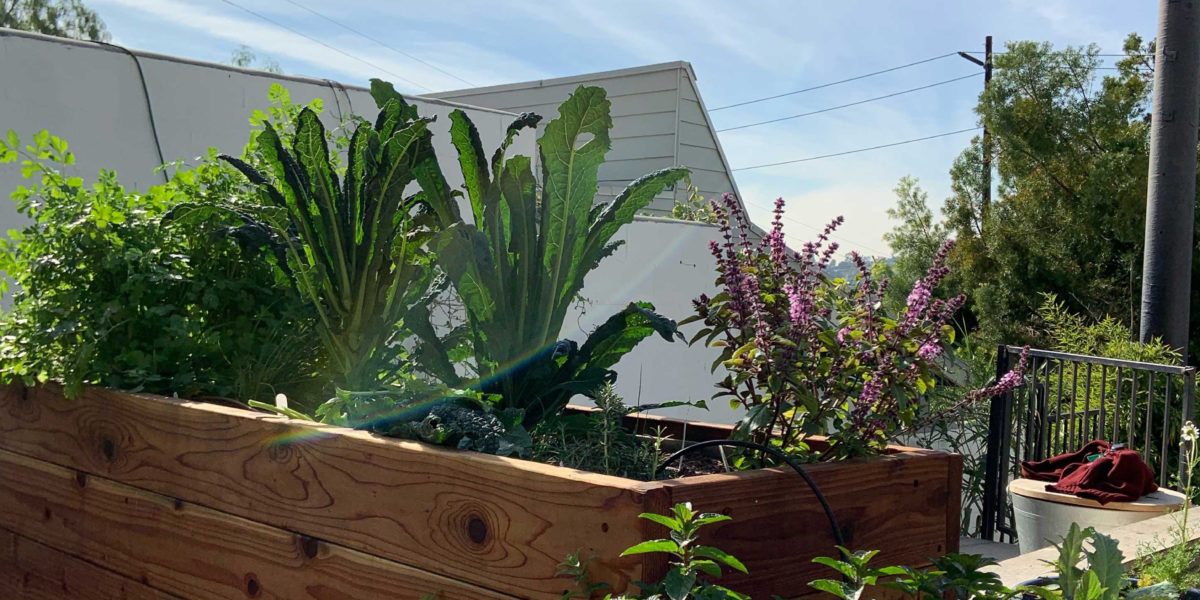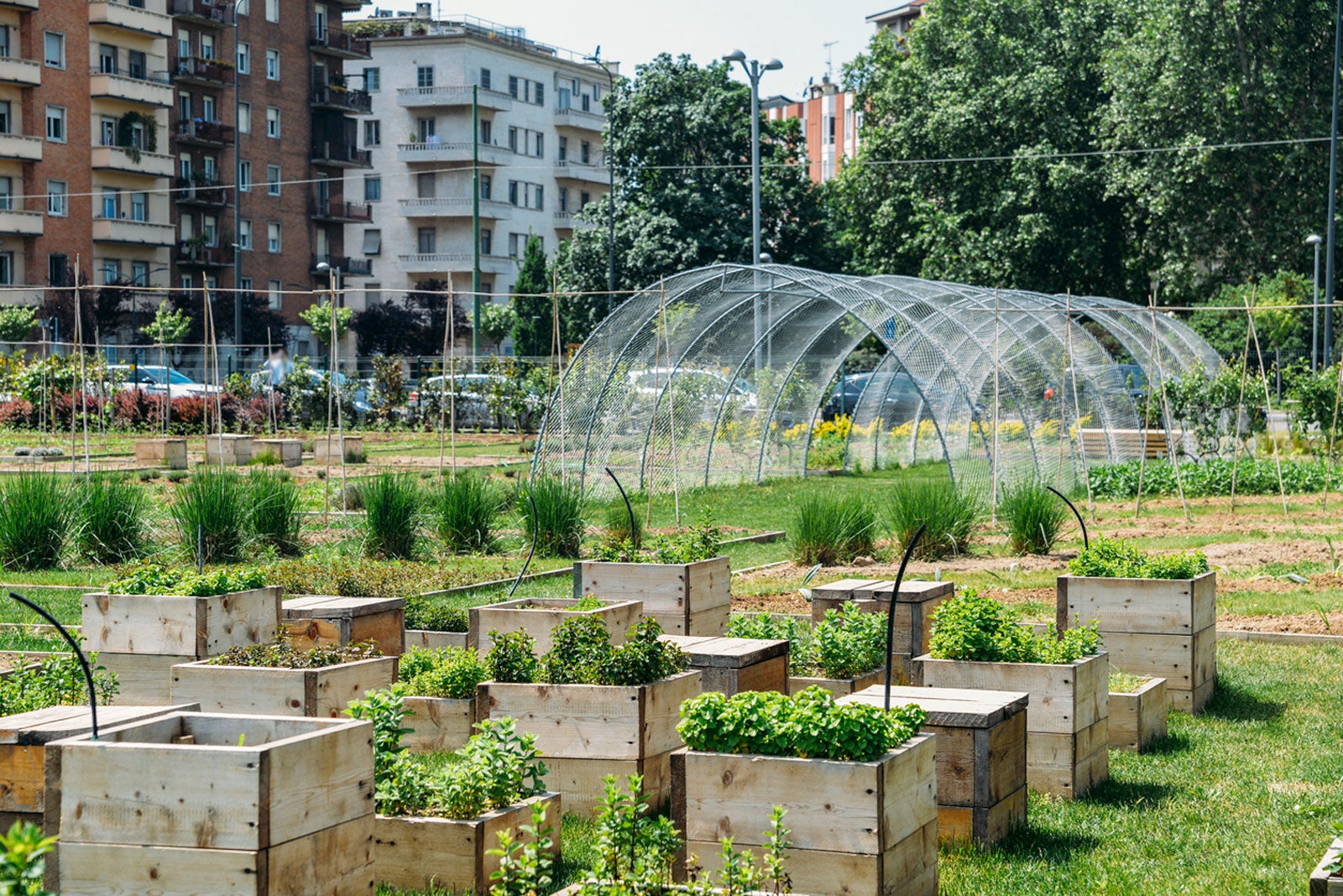Facts About City Blooming Uncovered
Facts About City Blooming Uncovered
Blog Article
Rumored Buzz on City Blooming
Table of ContentsNot known Facts About City BloomingOur City Blooming PDFsFascination About City BloomingSome Known Incorrect Statements About City Blooming Excitement About City Blooming
Interested in expanding food for sale in the City of Chicago? Below is a listing of regularly asked concerns concerning the policies and laws that growers need to think about when planning a city agriculture job.
The zoning modification does not customize any type of other codes dealing with composting, building authorizations, purchasing or leasing City owned building, business licenses or environmental contamination. There are existing codes that control these concerns and they continue to be in full effect and may apply to your project. Neighborhood yards are usually possessed or handled by public entities, civic companies or community-based companies and maintained by volunteers.
Urban farms grow food that is planned to be offered, either on a nonprofit or for-profit basis. Due to their industrial purpose, urban farms need an organization license.
See This Report about City Blooming
Composting is allowed yet just for plant material that is created and made use of on website. The amount of compost material can not exceed 25 cubic yards at any kind of given time according to the standards in 7-28-715 of the City's Municipal Code. Yes. Due to the fact that the dirt at many brand-new garden websites needs changing, compost, dirt, wood chips, or other materials can be acquired to build or enhance the growing room - home and garden.

If a structure authorization is called for then the hoophouse will be thought about an accessory building. You can figure out more about the building permit requirements by getting in touch with the Department of Structures. The 25,000-square-foot dimension limitation is planned to stop a single community yard from controling a provided block or interfering with the block's existing domestic or industrial character.
The limitation does not apply to yards found in Public Open Space (POS) areas. Can there be even more than one area garden that is 25,000 square feet on a single block? Fencing is not called for, however, gardens that have big auto parking locations might be required to mount fence or other landscape design functions.
Indicators on City Blooming You Should Know
B1 & B2 districts need that all commercial usage activities be carried out inside. R districts limit commercial activity. The guidelines mirror the function and intent of the Zoning Code. Is fence needed for urban farms? Yes. Fencings may be needed, along More hints with landscape design and testing, for sure parking lot and outside work or storage space areas depending upon area and the specific task happening.
Yes. Urban farms call for structure permits and zoning authorizations prior to construction. Various other types of city testimonial might be called for relying on specific frameworks, tasks, dimension, landscaping, licensing, public heath and stormwater administration concerns. Most of these needs are determined in the job design or permitting procedure, however, the candidate may be responsible to individually recognize certain licenses or permits that may be required.
Yes. The kind of certificate is established by what is taking place at the site. The Division of Business Matters and Consumer Protection can aid identify the details sort of company permit that's called for. Yes. Off road auto parking is needed for most business jobs in Chicago. The required number of garage is based upon the variety of staff members working on site and not the square video footage of the expanding area.
Getting The City Blooming To Work

Yes. An urban ranch can offer compost material generated on site, nonetheless, the operation has to abide by the regulations in 7-28-715 of the Chicago Municipal Code. Yes. Aquaponic systems are enabled inside your home on city ranches in lots of zoning areas. A zoning review and structure authorization is needed in order to set up frameworks or systems and an organization license is required as explained over.
As much as five hives or swarms of honey might be maintained as an accessory usage. However, beekeepers should sign up with the Illinois Division of Farming. For more details concerning the suggested zoning modification you may call the Division of Housing and Economic Advancement, Bureau of Planning and Zoning at 312.744.8563.
Farming in cities and metropolitan areas A city ranch in Chicago. Urban agriculture describes different practices of growing. https://www.mixcloud.com/cityblooming/, processing, and dispersing food in urban areas. The term additionally applies to the area tasks of animal husbandry, aquaculture, beekeeping, and gardening in a metropolitan context. Urban farming is identified from peri-urban agriculture, which happens in backwoods at the side of suburbs.
Getting My City Blooming To Work
It can involve an activity of natural farmers, "foodies" and "locavores", who seek to develop socials media founded on a common principles of nature and neighborhood holism. These networks can create using official institutional support, ending up being integrated right into local town planning as a "transition community" motion for sustainable urban advancement.
The much more direct access to fresh veggie, fruit, and meat products that may be know via metropolitan agriculture can enhance food safety and food safety while reducing food miles, resulting in reduced greenhouse gas discharges, consequently adding to environment change reduction. Some of the first proof of city agriculture originates from Mesopotamia.
Report this page